This article originally appeared in American Banker on July 10, 2017.
When the credit union movement took off in the 1920s, it was premised on a simple idea: Small collectives of people who shared a “common bond” (often co-workers) should be able to form nonprofit financial institutions to support and provide access to low-cost, simple financial services.
But if your word is your bond, does everyone who speaks share a common bond? In that case, the concept of a common bond is meaningless. That is the direction that the nation’s credit union movement, including its federal regulator, appears to be moving — and that’s something the public and policymakers need to stop and think about.
Today, credit unions are openly advertising “Great Rates for Everyone,” and their regulator recently proposed yet another expansion of the definition of common bond — this time to suggest everyone who is on Facebook or uses Amazon shares a common bond that could justify the formation of a credit union.
This metamorphosis would have profound consequences, essentially creating national credit unions with membership for everyone. Such a radical change should be openly debated — and not allowed to occur through legal loopholes and regulatory arbitrage.
To be clear, I raise these questions as a proud member of the credit union movement. In fact, I went more than a decade without a bank account. My United States Senate Federal Credit Union account, which I opened right when I began working on the Senate Banking, Housing and Urban Affairs Committee, was more than enough to meet my basic banking needs. Despite the inconvenient location, short hours and not quite top-notch technology, I maintain this account as my primary account.
Banking accounts are sticky and to be honest, I like the credit union staff and believe in the mission to promote “thrift among its members and creating a source of credit for provident or productive purposes.” This mission comes with restrictions on activities, including the requirement that the credit union may only make loans to its own members or purchase other government or governmentlike investments. As the Credit Union National Association puts it: “Credit unions are not-for-profit financial cooperatives. We exist to serve our members, not to make a profit.”
To fulfill this mission, CUNA restricts membership. In its own words: “Credit unions cannot serve the general public. People qualify for a credit union membership through their employer, organizational affiliations like churches or social groups, or a community-chartered credit union.”
But this restriction on field of membership has been watered down — and is headed toward becoming meaningless. Listening to sports radio in D.C., one is bound to hear Pentagon Federal Credit Union’s advertising “Great Rates for Everyone.” The Pentagon is the world’s largest office building, but why would a membership-restricted credit union advertise on a D.C.-area radio network with millions of listeners who are presumably ineligible for an employer based credit union?
When I went to do some digging, I discovered that what originally started as a credit union for employees of the War Department in 1935 has now grown to encompass over 1.5 million members. PenFed’s growth strategy seems clear, as they write: “We offer many paths to membership, including numerous employee groups and association affiliations. It’s easy to apply.” And it is. The credit union’s website guides you through the process: “Need another way to join? No problem!” followed by a one-time $17 donation to a charity, which makes you eligible to become a member.
One might wonder where the federal credit union regulator stands on all of this. The answer? The National Credit Union Administration is cheerleading the expansion. In testimony before the Senate, NCUA Chairman J. Mark McWatters asked Congress to expand the definition of common bond to include people who share “web-based communities as a basis for a credit union charter.”
Imagine an Amazon Prime subscription that could entitle you to Amazon credit union membership in the common bond of people who shop online.
This would open the door to the two-thirds of Americans who are on Facebook or the one-fifth of Americans who are on Twitter to form their own credit union (but please don’t include the trolls). Amazon users or even Reddit threads could be next. Imagine an Amazon Prime subscription that could entitle you to Amazon credit union membership in the common bond of people who shop online.
Expanding the definition of common bond to a meaningless level — essentially allowing national credit unions to be open to everyone — appears to be the direction the industry and its regulator are headed. This matters for several reasons.
First, it is a radical rethink of the fundamental purpose of credit unions. They were founded to be small, community-based institutions subject to a series of legal advantages (including not being subject to taxation, the Community Reinvestment Act, and being exempt from Federal Reserve oversight) and legal constrictions (field of membership, whom they can lend to, what they can invest in).
Further, as banking law has been modernized, credit unions have been routinely exempted, leaving their regulatory structure decades behind. For example, after the savings and loan debacle of the 1980s, the idea of “private deposit insurance” for banks and thrifts was eliminated. Not so for credit unions, 2% of which have private deposit insurance schemes, including some that teetered on the brink during the financial crisis. The financial crisis also exposed serious problems with corporate credit unions. The two largest corporate credit unions failed in the financial crisis; in a search for yield, they had become overleveraged in subprime mortgage investment. A stark reminder that even within the nonprofit credit union world, the desire for greater return on investment can translate into risky behavior.
Policymakers also need to consider whether the advantages given to credit unions are going to their intended sources, and whether expansion would exacerbate any problems. The Government Accountability Office found that credit unions can and do pass along some of their tax subsidies in the form of lower interest rates on some basic products and loans. However, that same GAO report also found that “credit unions lagged behind banks in serving low- and moderate-income households,” a surprising result given both their mission to serve communities and common bonds of workers, and their often stated goals of focusing on lower-income families. The GAO also noted that “credit union executive compensation is not transparent.” Given the conflicts in the banking system with executive compensation, this language should give policymakers pause.
Fundamentally, it’s up to Congress to decide how credit unions and banks should best serve our nation. Unfortunately, the public and lawmakers often only respond after crises. These are boom times for credit unions, with membership having grown from 86 million to 108 million in just 10 years. The nation’s largest credit unions are getting bigger and aggressively pushing the bounds of field of membership.
Their regulator wants to push it further, albeit while raising valid questions about the nature of geographic boundaries in the cyber age. As society becomes networked in new ways, 1930s-era definitions cease to hold their original meanings. Regulators and industries aiming to grow can manipulate these concepts. Policymakers need to engage and rethink the right role and mission for people who share a common bond and want to engage in low-cost financial services, thereby pooling risk and sharing reward.
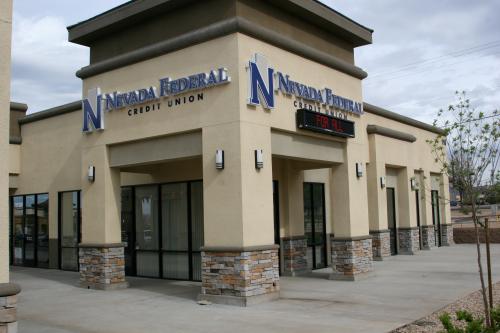

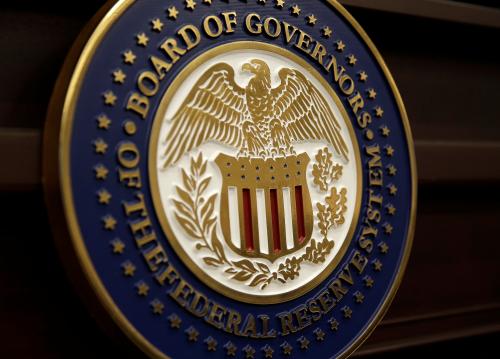
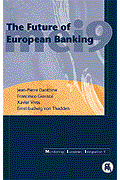
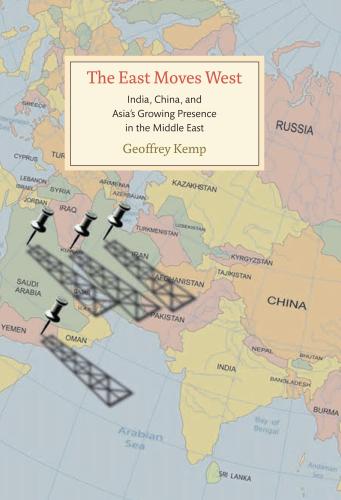



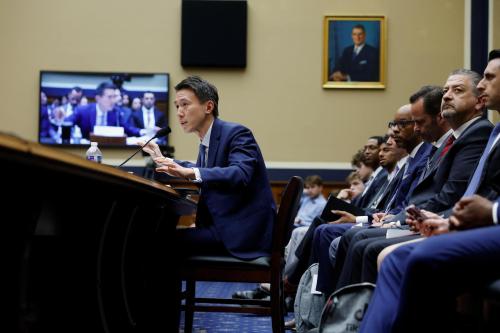
Commentary
Op-ed‘Everyone’ is the wrong way to define credit union members
July 12, 2017